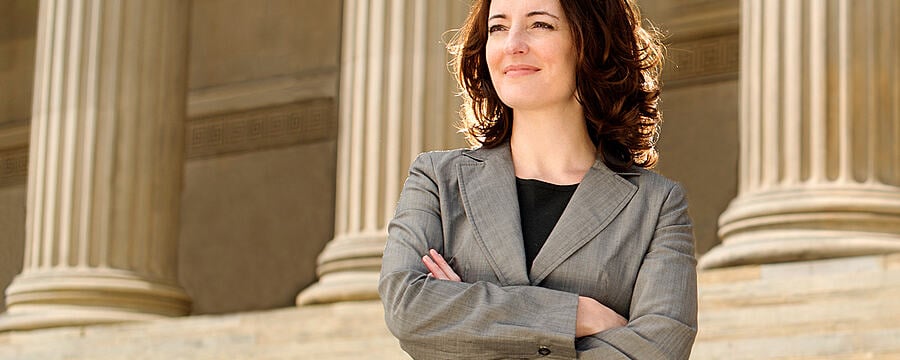Home / Business & Management / Decision-making / Making Successful Decisions through the Strategy, Law & Ethics Model / Know When Your “Fair Use” of Copyrighted Works is Allowed
This article is from the free online
Making Successful Decisions through the Strategy, Law & Ethics Model


Reach your personal and professional goals
Unlock access to hundreds of expert online courses and degrees from top universities and educators to gain accredited qualifications and professional CV-building certificates.
Join over 18 million learners to launch, switch or build upon your career, all at your own pace, across a wide range of topic areas.




